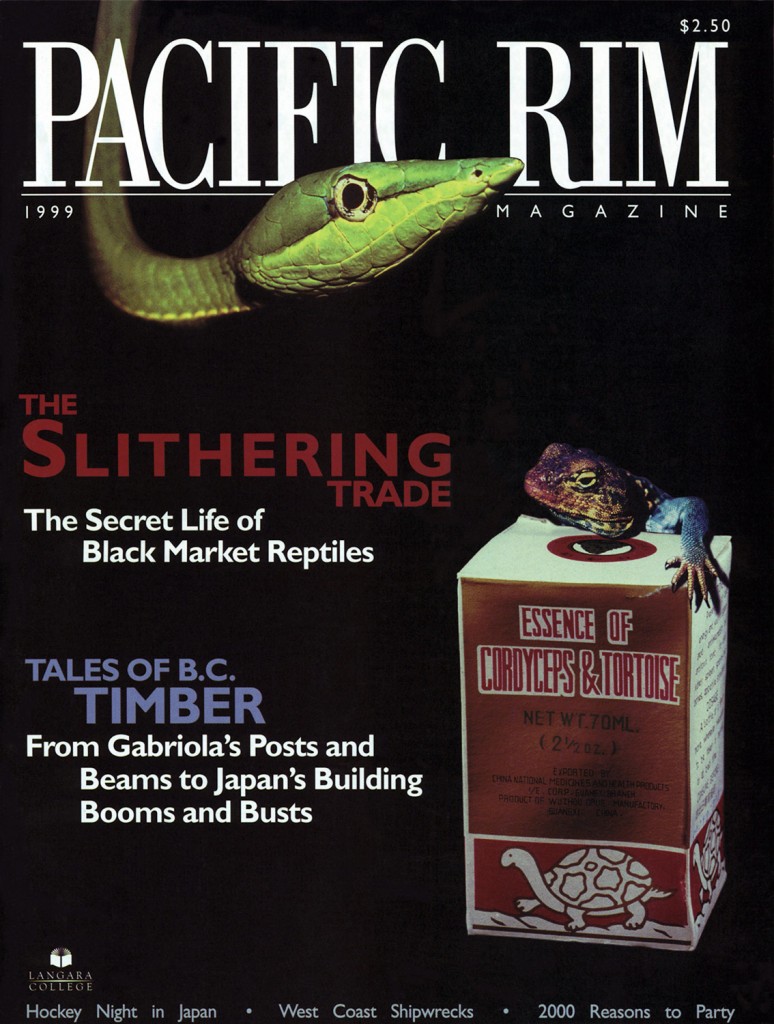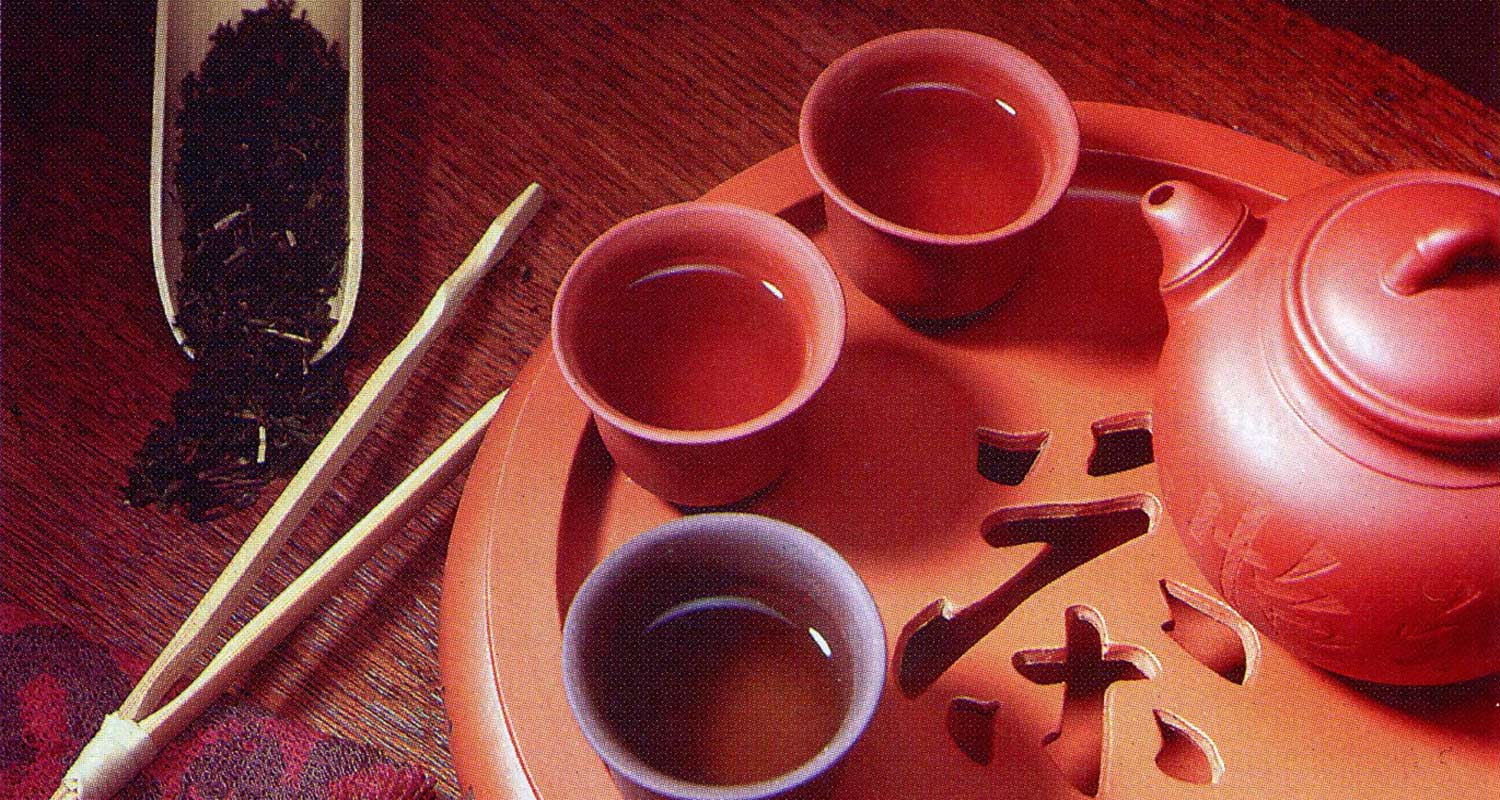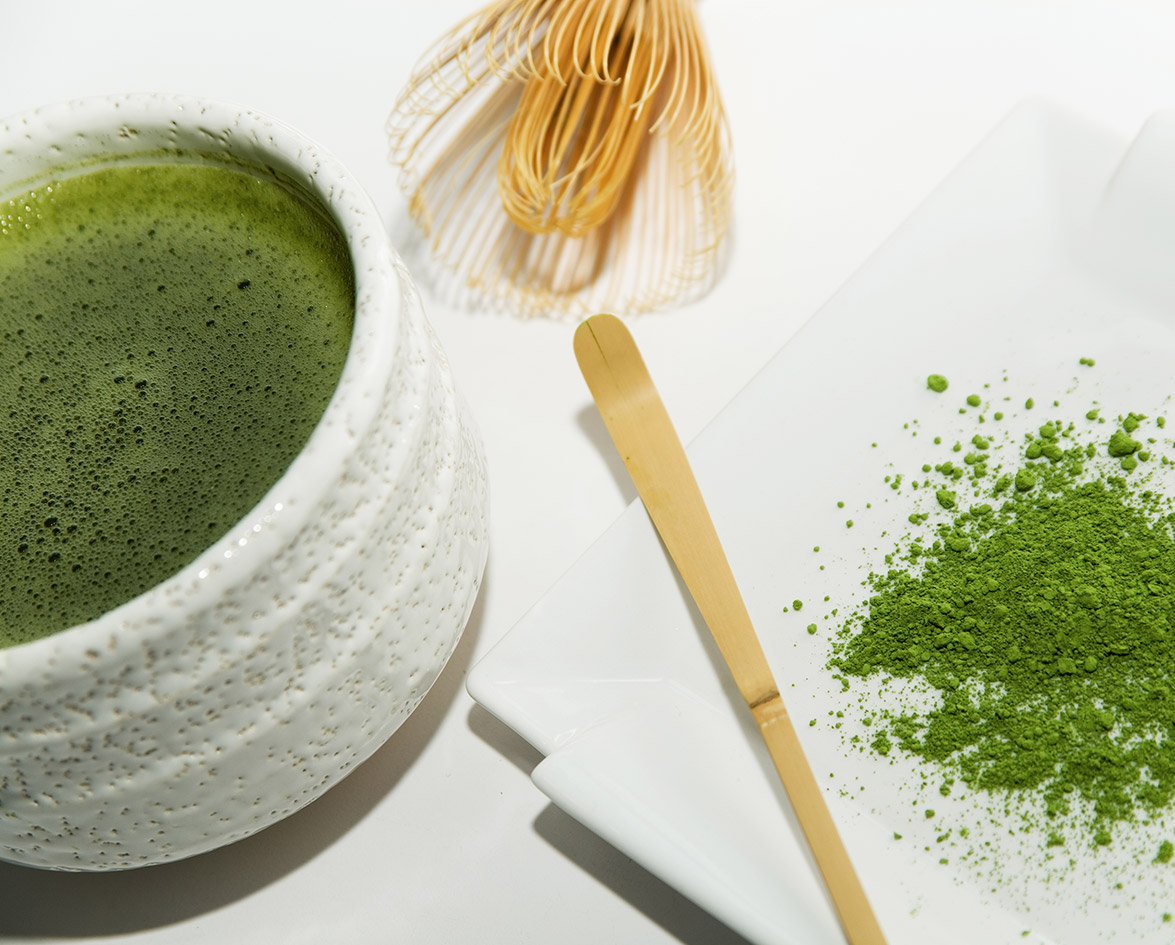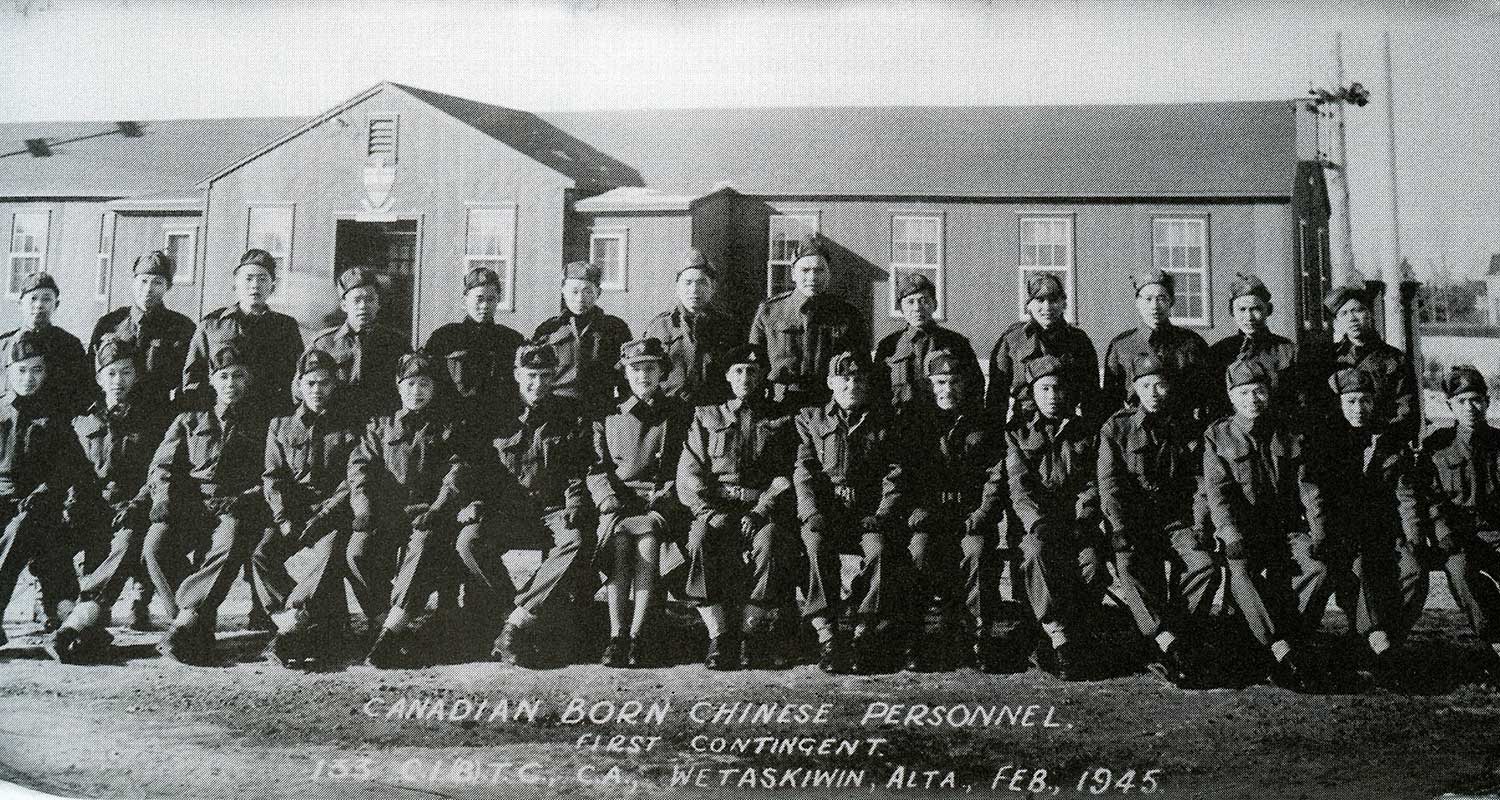Precious plants grown on heavenly mountains,
their dew moistening the passing clouds;
I take a bath and powder my body,
when the bright moon in reflected on the jade-like river
and the breeze is sweeping through.
It is not the new make-up that is attractive,
it is my kind-heartedness that counts.
Don’t laugh at me no I am trying to write a short poem,
appreciate the nice tea as you would a beauty.
a poem by Su Dong Po of Song Dynasty (960-1279)
It was our family tradition that, early morning on the first day of the Lunar New Year children would present to parents and grandparents a cup of tea with a piece of red date and a piece of candied lotus seed inside. The children would wish them good health and fortune for the year ahead. In return, they would receive their first red packet of lucky money for the New Year.
Similarly, it was customary for teahouses in China and the Far East to serve gold ingot (yuanbao) tea to customers during the first three days of the Lunar New Year. Fresh olives and kumquats were added to the tea. It has been told that after a sip, one’s pocket would be filled with gold ingots all year round.
How these customs originated and when tea was first discovered are old legends. There is no recorded history of when tea was first prepared. The oldest legend of the first brew dates back 5,000 years. It tells of Emperor Shen Noong, the Divine Healer, who discovered that drinking boiled water prevented illness. One breezy day, leaves snapped from the branches of a wild camellia tree and dropped into a pot of boiling water being prepared for the Emperor. The fragrant aroma arising from the pot tempted Shen Noong to taste the concoction. He liked it and ordered his subjects to begin planting camellia trees. Thus, tea began its journey into households around the world.
The Tea Tree
The botanical name for the tea tree is Camellia Sinensis, a beautiful shrub with leathery green and shiny serrated leaves. If left to grow naturally, it blooms with flowers consisting of between six and nine pure white petals that surround an infusion of yellow stamens. The Camellia Sinensis is a hardy plant that grows best at higher altitudes, in warmer climates, with slightly acidic sedimentary soil and heavy rainfall year-round. Growing wild, these trees can grow to 15 m or more. But for ease of harvest, trees are cut back every few years. Constant pruning assures an explosion of young flushes of two leaves and a bud.
Cha Jing, the tea bible written by Lu Yu, the famous Chinese tea master, states that tea trees can range from a half-metre to 3.5 m in height. The book also reports that tea grown in the wild is of the best quality. Legend has it that monkeys were trained to pluck flushes from wild tea trees in Yunnan, China, for the emperor and his court. The brand Imperial Monkey-Picked Tea is still used for some expensive tea today.
However, the majority of pickers are women. Harvesting is largely done by hand, which requires both skill and dexterity, and care is taken to pick only the flushes and not the stalk. An experienced picker can gather up to 45 kg of leaves in one day. A bush becomes ready for its first harvest in its third year. Hair-like fibers (bai hao) on the underside of the leaves, along with its attractive green colour, indicate the tea bush is ready for picking. A well-tended tea bush can produce for 50 years – some are even reputed to be centuries old.
Classification Of Tea
All traditional Chinese tea is produced from Camellia Sinensis. Slight differences in processing methods result in the tea varieties. Tea can be classified by the colour of the brew (green, red, white, yellow and black), by its degree of fermentation, by the seasons it is picked, by the species of tea trees or by the place the trees are grown. Most commonly, tea is differentiated as green, oolong, black and white.
Green tea is not fermented. The leaves are either lightly pan-fried and tossed in a wok-like metal pan for half an hour or more, or steamed after plucking to prevent oxidation.
Oolong tea is semi-fermented. The leaves are withered in the shade for about five hours. They are then pan-fried for 10 minutes, then rolled and twisted. Twisted leaves give a brew more flavour than flat leaves. The leaves can be oxidized as well. Oxidation determines the colour, flavour and body of the tea. The leaves are then refried for three hours, ending the oxidation process.
Black tea is fermented. The leaves are withered up to 20 hours, then rolled, sifted and spread out on a clean surface for two hours to oxidize. Next, they are dried in hot-air machines and sorted by size. This sorting process determines the grade of the tea.
White tea is unique, and forms a class by itself. Produced from mature buds of a rare tea bush found only in Fujian, China, it is neither oxidized nor rolled.
Tea’s Medicinal Power
For centuries, the Chinese have been drinking tea for its aroma and flavour, as well as for its nutritional and therapeutic properties. Lu Yu’s Cha Jing refers to tea as a cure for headaches, body aches and pains, constipation and depression. Researchers today are studying more about its healing effects. Impressive evidence has linked tea, especially green tea, to longevity and cancer protection.
In his Green Tea Book, Lester A. Mischer writes that green tea’s antioxidative qualities led cancer researchers to investigate the possibility that green tea might prevent the body from developing cancer. An enzyme in the liver called P450 can cause cancer by producing carcinogens from certain ingested and inhaled substances. The antioxidant properties of green tea extract have been shown to inhibit P450. Dr. Smith of Rutgers University details a list of ways green tea extract undermines cancer: it prevents DNA strand breaks, inhibits cell proliferation, decreases carcinogen contact with cells, blocks cancer initiation and slows cancer progression. Moreover, green tea appears to have special qualities that ease the adverse effects of conventional cancer treatments such as radiation and chemotherapy.
Researchers have also investigated tea’s life-extending properties by studying the lives of some 3,380 Japanese women who practice chanoyu, the Japanese tea ceremony. The study compared their mortality rate to that of other Japanese women. The results indicate the possibility that polyphenols in green tea are a protective factor against premature death. Polyphenols stimulate the immune system and reduce the risk of many illnesses.
The increasing awareness of tea’s healing properties and its growing popularity has affected the tea trading establishments in Vancouver. Ten Lee Hong Enterprises Vancouver Ltd. on Main Street, in Chinatown, has been trading tea in Vancouver for over 12 years. It has retail shops all over the Lower Mainland, in Toronto and across North America. Ten Lee Hong specializes in importing high-grade teas from Taiwan and Mainland China, and then distributes them to different parts of Canada and the U.S. According to its store supervisor, business in Vancouver has been growing since its inception. Although still largely Asian, the clientele is growing rapidly with customers from the western community. For enjoyment and health, Vancouverites are turning to tea.











